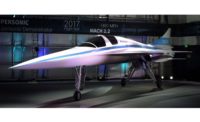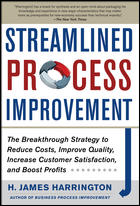OAKLAND, CA — FATHOM, an advanced manufacturer with an expertise in 3D printing, is now using the new Continuous Build 3D Demonstrator.
Many customers have adopted 3D printing as a means of production beyond the prototyping phase, and are using proven additive methods like FDM for high-value, end-use applications. Bringing a six-cell 3D printer configuration in-house at FATHOM has increased throughput significantly and enabled a greater volume of FDM parts with shorter lead-times, according to a press release. With the Demonstrator, manufacturers can use FDM for not only a few hundred just-in-time parts, but for more than 1,000 parts on-demand.
“This new Demonstrator is enabling us to look to the future where our production center could look like a 3D printing server farm, where there are rows and rows of Stratasys Continuous Build 3D Demonstrators,” said Rich Stump, FATHOM’s co-founder. “That’s where our minds are going because the FDM-based technology is that good from a design and cost standpoint.”
In its early years, 3D printing was led by rapid prototyping, with its capacity for fast, cost-effective parts. Today, 3D printing has evolved to the point where customization of end-use parts can lead production, and part quantities can be scaled to need, making zero inventory a reality.
“The vision and focus of our business is to change the way products are designed and manufactured, thanks to additive manufacturing (AM),” said Stump. "The fact that 3D printing also allows for greater part complexity, reduced costs, and greater customization is no small factor.”
With a focus on production parts, FATHOM prides itself on its manufacturing ecosystem, a blending of technologies that enable customers to go from concept to prototype to market in a way not previously possible.
FATHOM’s customer base is sometimes hesitant to make the leap to an additive technology for production parts, but those with high-value, low-volume needs are already realizing many benefits from its “sweet spot” of 200-400 parts—the break-even point between 3D printing and tooling up for injection molding.
“Our challenge has been to get that number higher so it’s competitive for low-volume production runs,” said Stump. FATHOM’s early adoption of the Stratasys Continuous Build 3D Demonstrator—a modular, automated FDM-based 3D manufacturing system with interconnected, high-throughput capabilities—is their solution.
“This system is going to enable us to sell higher-volume FDM parts for AM application because it’s going to push the barrier of number of parts we can sell competitively,” said Stump. “Our opportunity here is setting up these modules for 1,000-plus parts, which I’m confident we can get to—even higher. And that’s just comparing apples to apples from a cost standpoint; that’s not even taking into account designing for more function.”
For more information, visit studiofathom.com.




